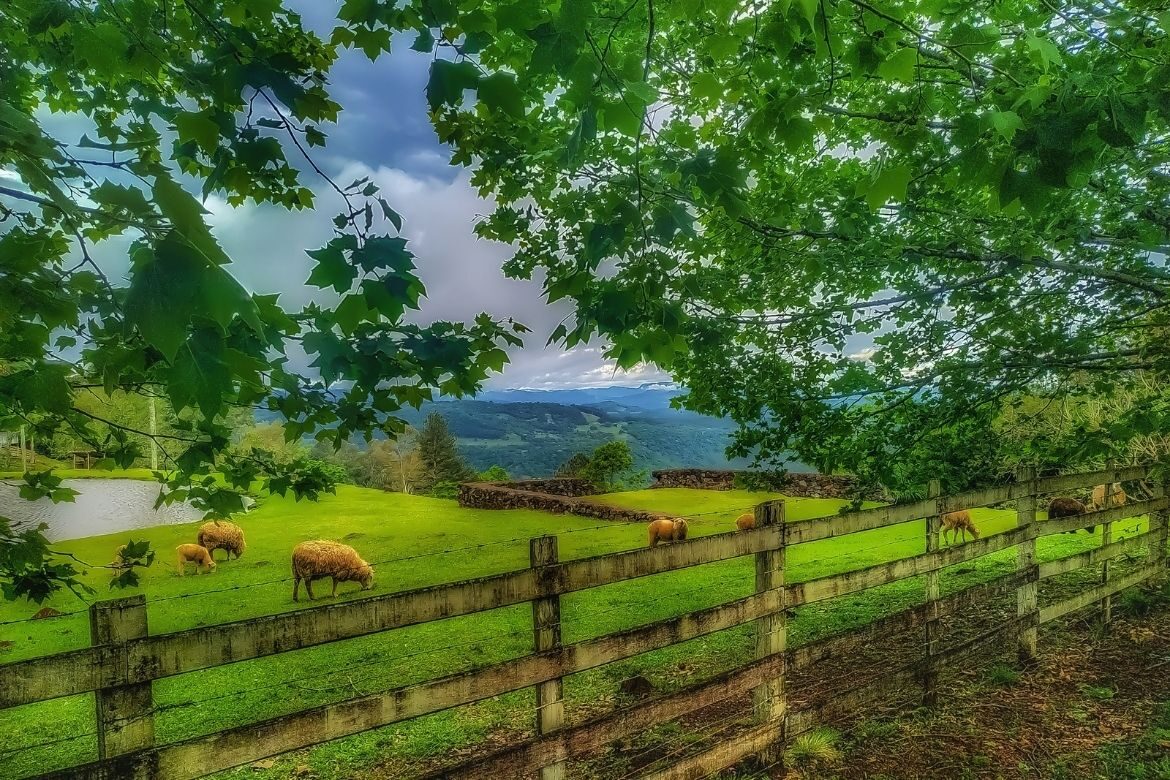Teagasc has published a compendium of 20 factsheets providing the latest technical advice on soils, nutrients and fertiliser. The 19th of these is about fertiliser on sheep farms.
Farmers are urged to focus on nutrient management planning, optimisation of soil fertility, using organic manures strategically and increasing clover in swards, all balanced with prudent fertiliser usage.
Key decisions in the current financial climate:
– Soil test where recent results are not available
– Correct soil pH (with lime where needed) to release N, P & K in the soil
– How much was spent on fertiliser in 2021? This will form the starting point for a fertiliser budget. Plan how much you can afford to spend in 2022
– If soil Indexes are 3 or 4 consider taking a one year holiday from P & K and putting the money towards N fertiliser. Certain priority areas must receive P & K applications. For example, recent reseeds, very low index silage ground)
– Consider switching silage ground to more productive high fertility areas of the farm to reduce the need for P & K
– Once you know how much fertiliser you can afford, identify when and where that fertiliser should be spread to give you the best response
– Carry out a fodder budget in spring 2022 to identify how much winter fodder needs to be conserved
– Don’t sell surplus winter fodder during this winter
– Consider selling unproductive stock to reduce stocking rate (for example, barren ewes, poor performing ewes, ewes scanned with singles.)
Financials to consider: In many cases, 2022 fertiliser will have to be paid for in advance of delivery. Existing levels of merchant credit may not cover feed and fertiliser requirements.
Apply now to lending institutions (banks, credit union) for a stocking loan to cover feed and fertiliser purchases.
For more information, see here.

